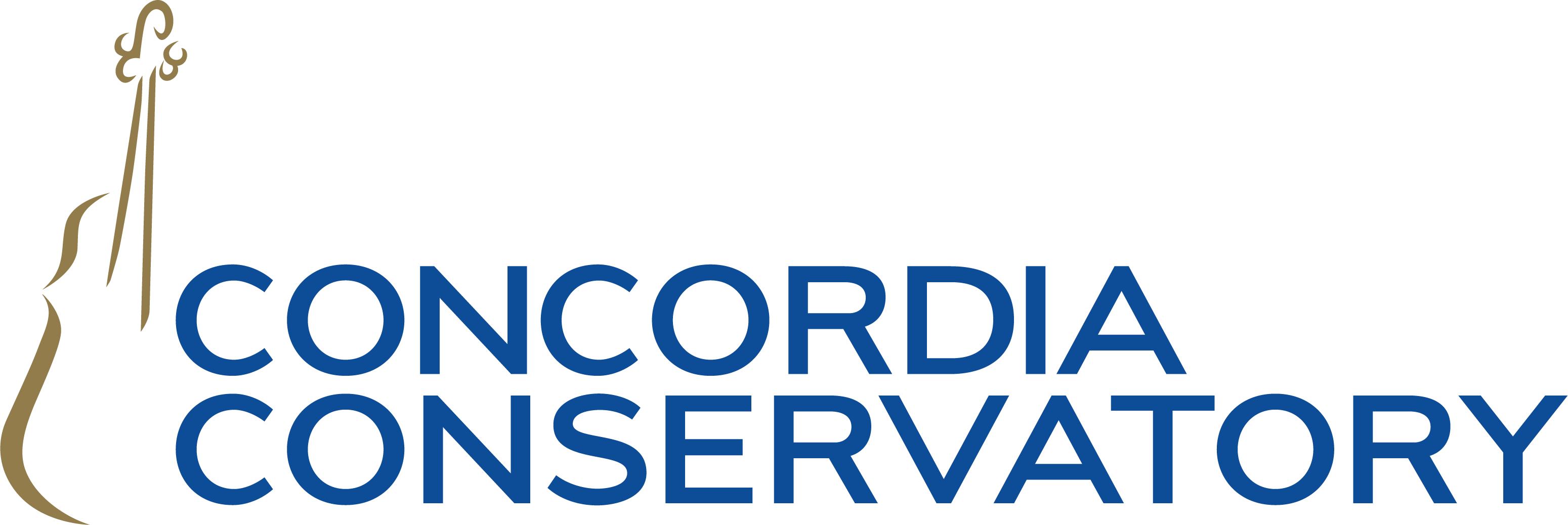
By the time Concordia’s students return for the fall semester, months of preparation will have gone into ensuring that they receive a robust and rewarding academic experience that is fully adaptable to changing health and safety guidelines.
Shortly after New York on Pause went into effect, College leadership assembled a variety of teams now busily addressing the complex set of issues posed by the pandemic. Keeping students on track in their degree programs while maintaining the high quality of Concordia’s in-person instruction has been a crucial component of that work.
“Our guiding principle has been to ensure that our students do not experience any interruption on their degree path at Concordia,” said Vice President of Academic Affairs-elect Dr. Rachel Eells. “Fortunately, our small scale and close-knit community are uniquely well-suited for the flexibility and quick adaptation this situation demands.”
One of leadership’s first moves was to engage a team of instructional designers (IDs) to optimize academics for hybrid delivery. While in-person instruction supplemented with online resources is planned for fall, Concordia’s faculty and staff will also be ready to deliver courses entirely online should that once again become necessary.
The ID team’s scope includes thoughtfully adapting current courses to hybrid models, which combine face to face and online components, developing templates and shells for future courses, and creating the assessment tools necessary to measure effectiveness.
Additionally, the ID team is providing Concordia’s faculty with comprehensive professional development around online instruction. From best practices and pedagogy to technology and effectiveness assessment, Concordia’s instructors are quickly getting up to speed on what was until recently a specialized field within higher education.
In parallel, Concordia has directed additional information technology resources to support academic delivery across all modalities. Existing infrastructure has been maximized through the deployment of previously underutilized capabilities.
“Building safe, flexible ways to learn by employing best practices and solid pedagogy will ensure that our students have no need to interrupt their education,” said Dr. Eells. “The coming semester may look different, but it certainly doesn’t need to be deficient.”
